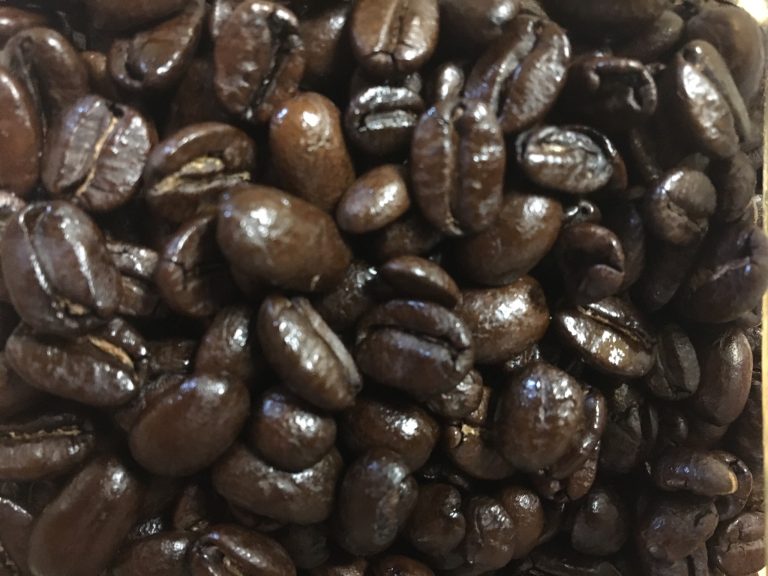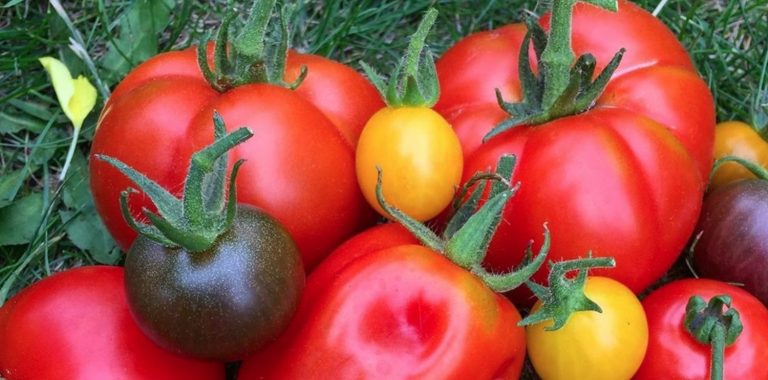Peeling green asparagus is quick, but in many cases it is not necessary. We will show you what you have to consider and how to properly process green asparagus.
In contrast to white asparagus, green asparagus are not pricked as soon as the head sticks out of the ground, but continues to grow in the sun. That is why green asparagus does not need black foil. Sunlight gives it its green colour, plus more healthy vitamins and a stronger flavor than white asparagus.
Since green asparagus is less expensive to grow and harvest than white, it is usually a little cheaper. It is also less complicated to prepare. Because of its thin skin, you usually don’t have to peel green asparagus! If you buy it seasonally, you can also be sure that its growth has not been artificially accelerated by heaters or thermal foils. So there is a lot to be said for accessing seasonal green asparagus.
Note: The use of foil when growing white asparagus makes it a real problem for the environment. Not only does the film pollute the environment during its production and disposal, it also destroys the natural habitat of many endangered bird species.
Peel, cut, or break green asparagus?

Whether or not you need to peel green asparagus depends on how it was harvested. If the bottom third is purple-whitish and hard, be sure to peel that part and cut off the dried ends. The white rim has not yet seen sunlight and will still be very firm and brittle after cooking.
When the asparagus is green all the way through, just cut off the end an inch. You should never peel the green and soft asparagus skin. Most of the vitamins are just under the skin. If the asparagus spears are still very thick and the skin feels hard, peel only the lower third.
You can also break green asparagus instead of cutting them. Since the inedible part cannot be broken off, the asparagus will break off above the woody end. So you don’t have to use a peeler or knife and you can prepare your asparagus quickly and easily. For this, the asparagus must be very fresh and crisp.
Green asparagus tastes best fresh from the market. If necessary, you can wrap it in a damp cloth in the fridge and keep it fresh for a few days.
In order to avoid long transport routes and to protect the environment and climate, you should only buy asparagus regionally and seasonally. To be sure your asparagus is chemical-synthetic free, buy organic asparagus.
Boil green asparagus

The easiest way to prepare green asparagus is in boiling salted water. The cooking time is significantly shorter than with white asparagus and, depending on the thickness, is only around eight minutes.
In order for the asparagus to keep its bright green color, you can also add some white vinegar or lemon juice to the cooking water and shock the asparagus with ice water when they are done.
Or you can simply fry green asparagus in a pan with some cooking oil or fat. Cut into fine pieces, it is cooked within five minutes.
Of course, asparagus can also be grilled or put in the oven as an asparagus casserole. Green asparagus soup tastes particularly delicious. You can also use the woody ends that you removed earlier and boil them as a broth for the soup. In this way you use every gram of your precious asparagus and there are no leftovers that you have to throw away at the end.









